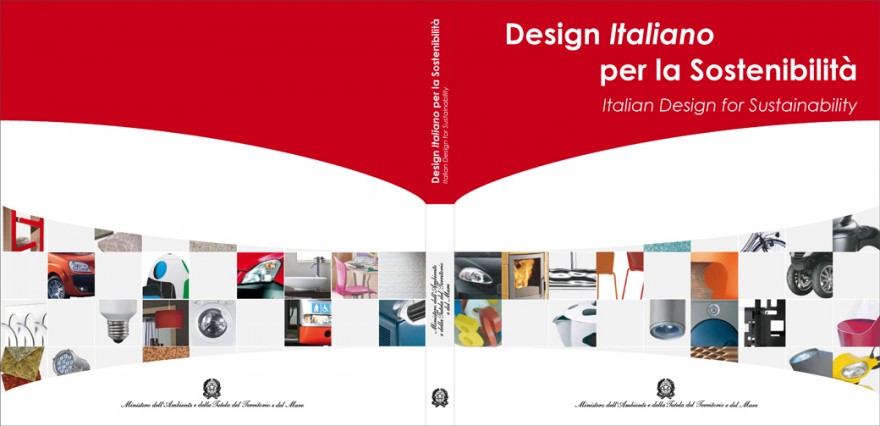By Architect Marco Capellini
In the past few years we have seen gradually growing attention towards environmental issues. The warnings of environmentalist associations and scientists on the disasters the planet is likely to face, the position of governments with respect to environmental protection with the subsequent enforcement of rules, the over-exploitation of the earth’s natural resources, the mass production of “new” products aimed at satisfying more and more demanding consumers are some of the main causes for a general situation characterized by growing awareness of the non-sustainability of the present production and consumption models.
We have realized that something is indeed changing.
Never before was the environmental issue so much at the focus of advertising campaigns aimed at promoting the sale of ecological products. Vehicles, mobile devices, household appliances, clothes, furnishing, and much more have suddenly turned “green”. Moreover, the proliferation of environmental brands and certifications (sometimes “homemade”), meant to provide some “guarantee” to consumers on the purchase of products respectful of the environment, may cause confusion rather than provide information.
But can we trust everything they say? How do we know?
A product’s sustainability cannot be measured, weighed, touched, or smelled.
A product’s sustainability cannot be purchased.
Sustainability in a product is the need to integrate environmental, social, and economic values into it.
Such factors as materials, production processes, transports, consumptions, and end-of-life disposal characterize a product’s sustainability. The task for designers and companies is to conceive and produce new products with a close focus on all environmental and social issues.
A designer’s task is to pursue the best possible product sustainability through the selection of forms and functions maximizing use and durability.
The companies’ task is to “produce for sustainability” through an appropriate and responsible selection of materials, production processes, transport systems, and usage functions.
Lots of small, medium, and large enterprises have found in design for sustainability a solution to conceive new product lines. Products that cost few Euros, and products that cost thousands of Euros. Products in which design is the result of a process characterized by a responsible selection of materials, technologies, and features.
Products that allow to reconcile ecological effectiveness with cost effectiveness.
Other companies have seen sustainability as merely a new sales channel and, thus, as the opportunity to create products for a specific market segment.
It is not enough to sell a product marked as “eco” without any substantial continuous improvement in view of sustainability.
But there is more to it.
The sustainability traits of a product should be communicated. Consumers too should be responsible for their buying choices. Consumers should be “informed” and “educated”. Consumers should also be enabled to recognize, compare, and choose the social and environmental value of a product.



